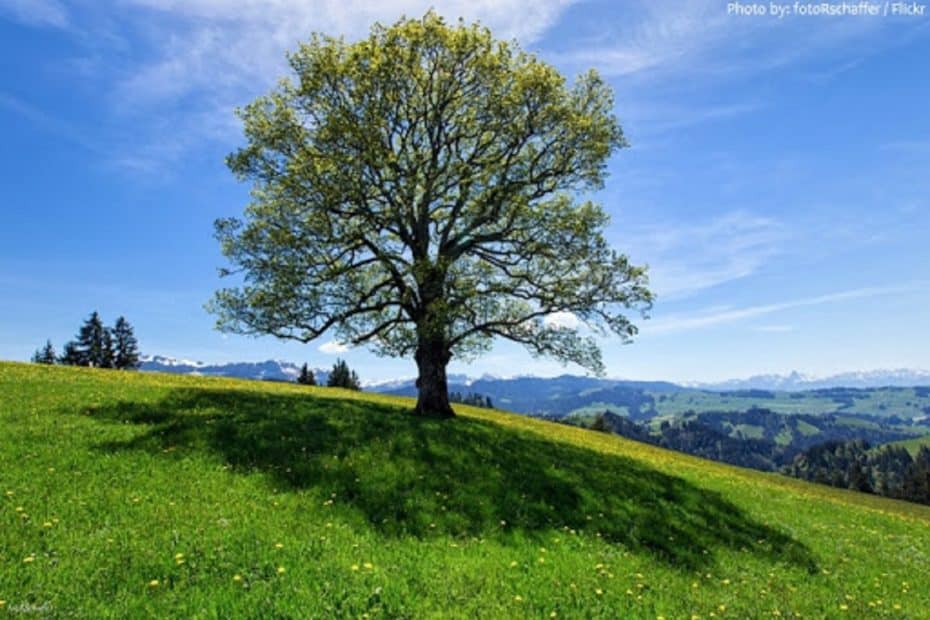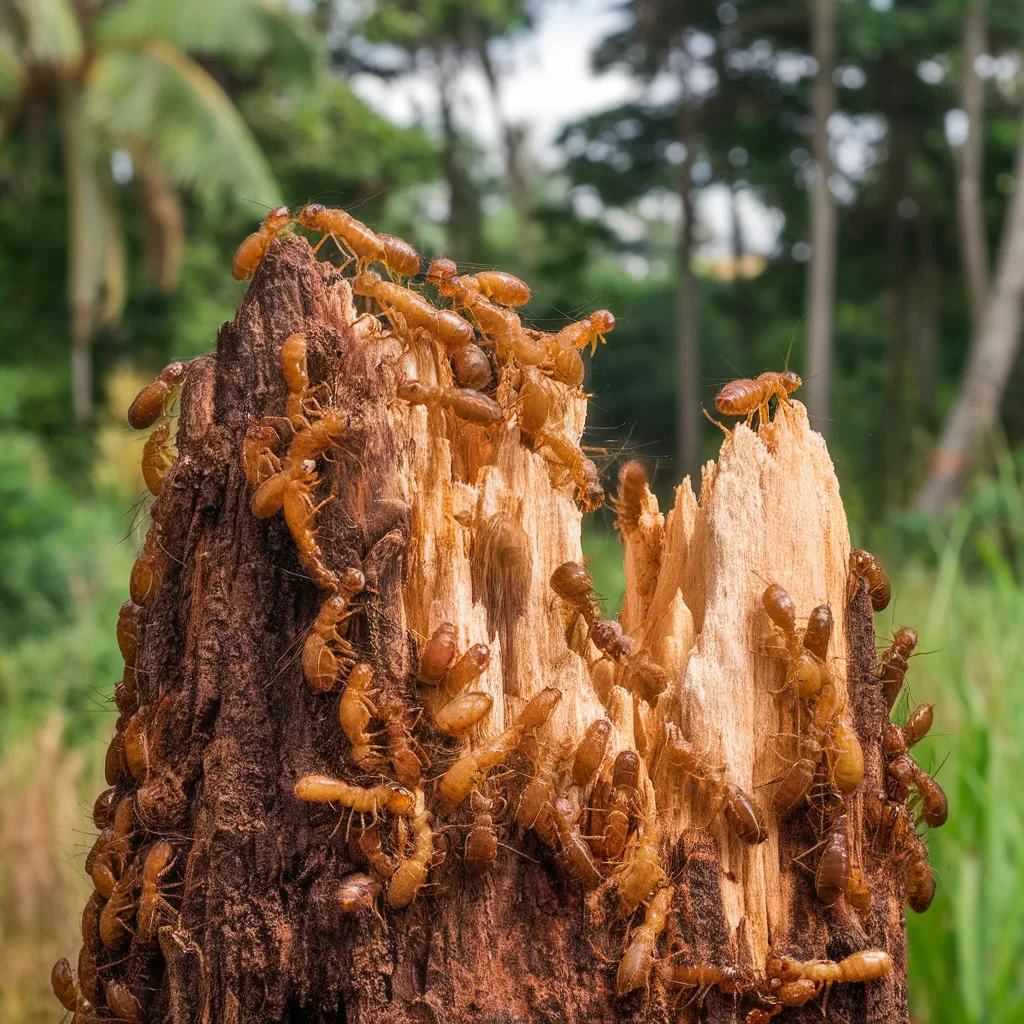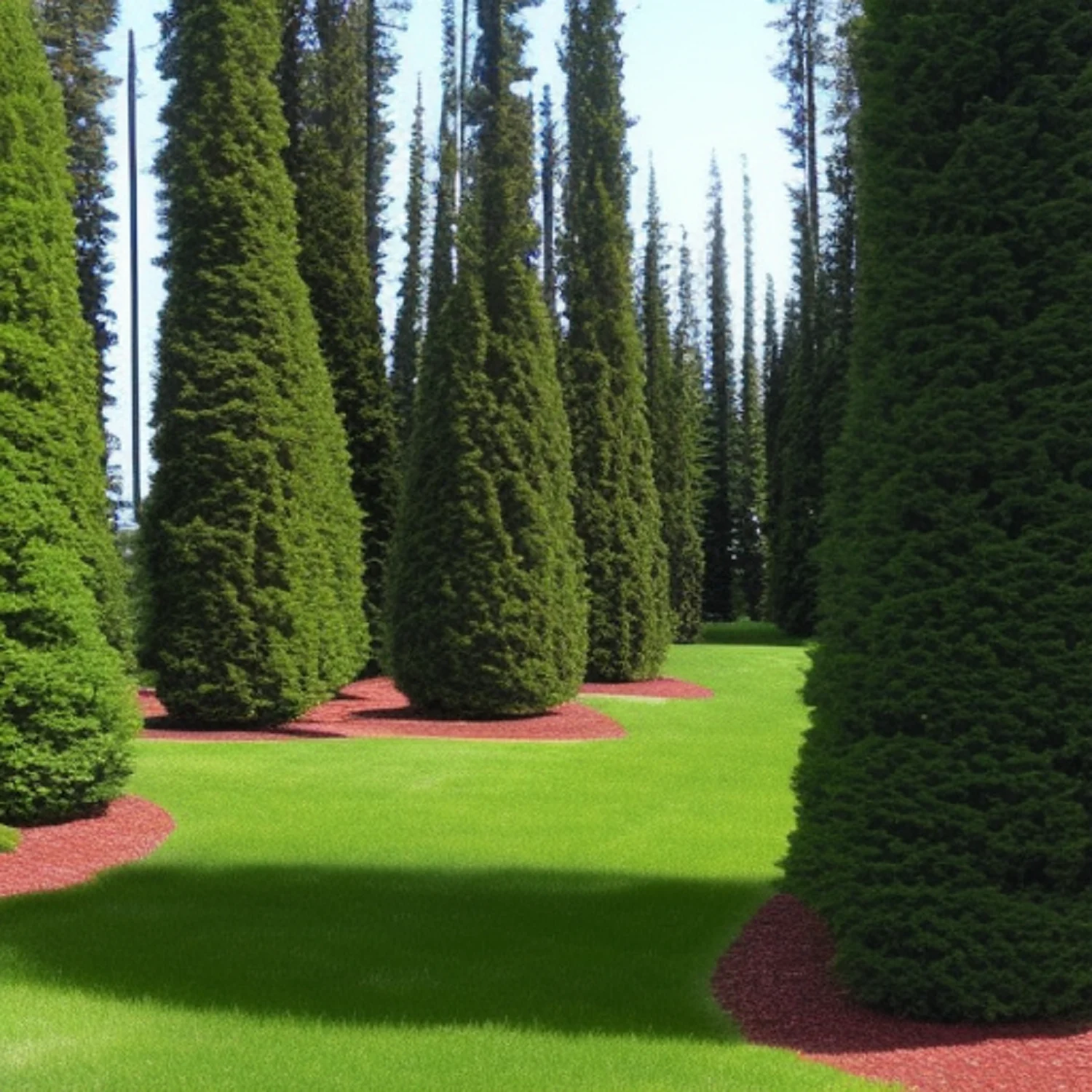Proper maple tree care is critical for growing and enjoying a gorgeous maple in your garden. However, this is not necessarily complicated. Paying attention to the soil, fertilizing, sun exposure, and general health of your tree. All these are things that any plant lover knows are the basics of gardening.
The gorgeous maple tree is a gracious addition to any landscape design. The shape and color of the leaves of this deciduous tree have made it particularly popular with home-owners and cityscape designers.
Maple Tree Care From the Beginning
There is a wide variety of maples and depending on the type of wood, some of them are used for construction and others are the raw material for high-quality furniture. Maple syrup is a popular supply in many a pantry and these are made purely from the sap of Sugar Maples. Maple trees are also famous for their gorgeous fall colors and people from far and wide travel to the northeastern United States to capture the glorious trees at their vibrant best. Given all these associations, it is hardly a wonder that many people love the idea of having one or two maple trees in their backyard.
There are different types of maples that do well in different climatic and soil conditions and it is a good idea to talk to your local nursery or plant supplier before deciding on the actual variety that you want to buy. This preliminary research will go a long way in simplifying your maple tree care regimen. A tree that is naturally likely to do well takes less effort than one that is planted in less than optimal conditions. And this is not an annual that you are experimenting with, but a long-term tree and it is has to be a deliberate decision.
The Execution
Once you have acquired the sapling, you have to decide where to plant it. Look for a place in the yard that has good soil and full sun exposure with some degree of shade. The type of soil will be dictated by the maple you have chosen. Some maples need good drainage and moist soil while others can take some periods of dryness or even excessive watering. There is a range. It probably is safest to say that a well-drained and relatively moist soil is a good bet for most kinds of maples.
The other element of the soil that is important to analyze is the nutrient level it offers the trees. Most urban landscapes or residential developments do not have the natural enrichment of forest soil. You may need to add plant nutrients and fertilizers. The type of fertilizer you choose will depend on where you live and what is naturally available in the soil of the area. You may need to research what else your maple needs and provide that additive. Also, be aware that nitrogen-rich fertilizers that are recommended for lawn care may actually be ineffective or even harmful for maple trees.

Maple Tree Care Long Term
As a general principle, all maples thrive in soil that has mycorrhizal fungi. Mycorrhizae fungi and trees have formed what is called a symbiotic relationship. They each provide something the other needs. Mycorrhizal fungi take sugar and carbohydrates from the trees. This provides minerals and moisture that the trees need after processing them. This symbiotic relationship has helped maples survive sometimes even under extremely harsh conditions such as drought or poor soil. This is because in effect the mycorrhizal fungi serve as a living extension of the trees’ root system. This enables them to optimize their chances of survival. The fungi process the much-needed nutrients that are critical for a healthy maple tree. Sadly, these fungi are missing in most compacted soil. As an important element of early maple tree care. Introduce these fungi into the soil around your maple tree.
As the plant grows, you may need to provide it a stake to make sure the roots have support. You may have to prop up the young tree even under windy conditions. Pruning at the right time is also a part of maple tree maintenance. As the plant grows and becomes a tree, stay aware of the surroundings of the tree. You will need to assess whether you need to transplant. If the conditions around it change to limit its space or supply of sunlight.
Among the threats to maple trees to watch out for is the Asian long-horned beetle. Maple trees are known to be susceptible to some diseases such as Anthracnose, Maple wilt, or Verticillium wilt, and Sapstreak.



